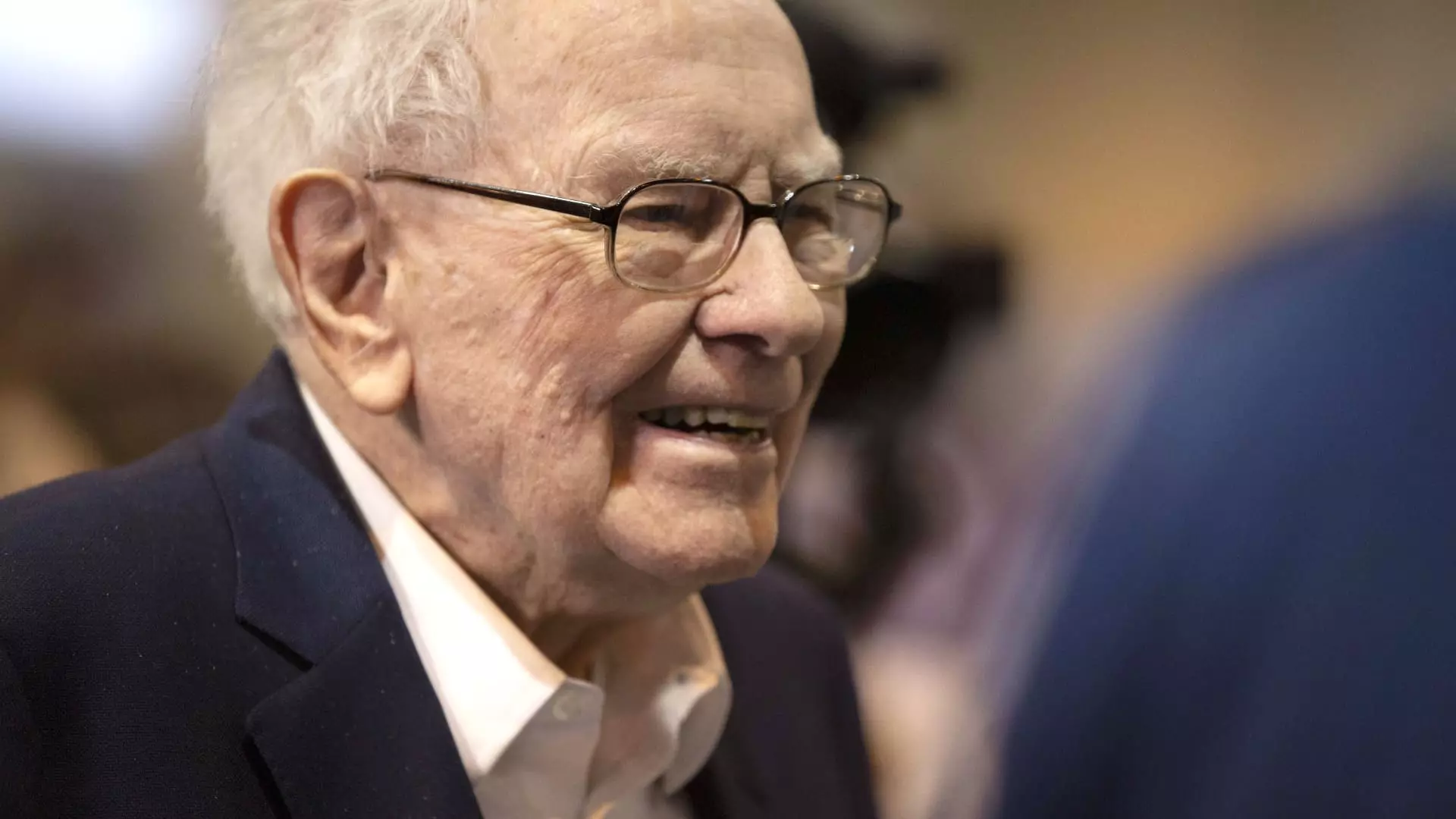Warren Buffett, the legendary CEO of Berkshire Hathaway, has made headlines once again, this time for his unusually defensive investment stance. At 94, Buffett’s decisions are under the magnifying glass, with his recent actions raising eyebrows among shareholders and analysts alike. This article aims to dissect and analyze Buffett’s recent moves, exploring the implications of his cash hoarding and the pivot away from equities that has many wondering what is coming next.
Buffett’s cash reserves have hit an astounding $334 billion, a figure that serves as both a shield and a sword for Berkshire Hathaway. Traditionally, Buffett has been an advocate for investing in solid businesses rather than holding onto cash, which he considers an unproductive asset. In recent quarters, however, Buffett has opted to sell significant portions of his stock holdings, raising critical questions concerning his market outlook. Shareholders are left perplexed as Buffett’s actions seem inconsistent with his long-standing philosophy emphasizing equity ownership.
In his latest annual letter, Buffett reassured shareholders about his commitment to equities, stating that the majority of Berkshire’s investments remain in stock, despite the ballooning cash position. This contradiction between holding significant cash and maintaining a preference for equities creates an unsettling atmosphere among investors. With interest rates projected to decline from a peak, there is a palpable tension: why isn’t Buffett investing this large cash reserve into what he claims is his favored asset class?
Moreover, the broader economic landscape complicates Buffett’s position. Factors such as potential economic slowing, sudden market volatility, and fluctuating stock valuations fuel uncertainty. The last two years have seen remarkable gains in the S&P 500, yet Buffett’s reluctance to engage actively raises alarm bells. The concern is that the market may be experiencing an artificial buoyancy, fueled by government intervention rather than inherent growth trends in underlying businesses.
Buffett’s defensive strategy also reflects his sentiment regarding current stock valuations. There is an implied caution in his words when he mentions that “very infrequently we find ourselves knee-deep in opportunities.” This phrase acknowledges the market’s inflated levels, suggesting that Buffett himself may perceive a looming correction. Throughout the letter, he maintains a clear disposition of caution, which could be interpreted as a sign of unease.
Another layer of complexity comes with the anticipation of Berkshire’s future leadership. Buffett has publicly endorsed Greg Abel as his successor, intending to gradually transition the reins of the company to him. Some speculate that Buffett’s conservative posture — selling off equities and building cash reserves — is a preparatory move for Abel. This theory posits that Buffett aims to establish a financial cushion for his successor, allowing him room to maneuver in what may prove to be a more tumultuous investment landscape.
While Buffett’s abstaining from share buybacks could be concerning to investors, it simultaneously opens up a window for Abel’s future decision-making. With an explicit endorsement of Abel’s capacity to identify promising equity positions, Buffett signals a belief that the company will remain in capable hands. The notion of preparing for a leadership transition while still maintaining a focus on robust investment principles speaks volumes about Buffett’s forward-thinking approach.
Interestingly, while Buffett is temperate about several equity positions, he expressed intent to increase Berkshire’s stake in Japanese trading firms. This section of Buffett’s letter underlines the importance of nuanced investment strategies in localized markets. By emphasizing the potential growth stemming from these Japanese investments, Buffett addresses the need to explore options more rigorously in international landscapes.
This pivot toward foreign investments may indicate a broader strategy aimed at diversifying Berkshire’s portfolio as domestic valuations continue to challenge traditional investment wisdom. It shows that while Buffett may be cautious in the U.S. market, he is actively exploring opportunities for growth abroad.
Warren Buffett’s latest annual letter and his recent actions present a complex tapestry of investing that encompasses cautious optimism, strategic foresight, and a bridge between tradition and change. While his massive cash reserve raises questions about potential market misalignments and valuation concerns, it also opens the door to examining how leadership transition and international opportunities can play into Berkshire’s long-term strategy.
Buffett’s defensive posture amidst record investments illustrates a sense of prudence that has characterized his approach over decades. This amalgamation of sagacity and caution leaves investors contemplating not just what lies ahead for Berkshire, but also the broader ramifications for equity markets in an ever-changing economic environment. With the blending of historical perspectives, evolving strategies, and future leadership, Buffett’s narrative continues to define the landscape of investment in unprecedented ways.

